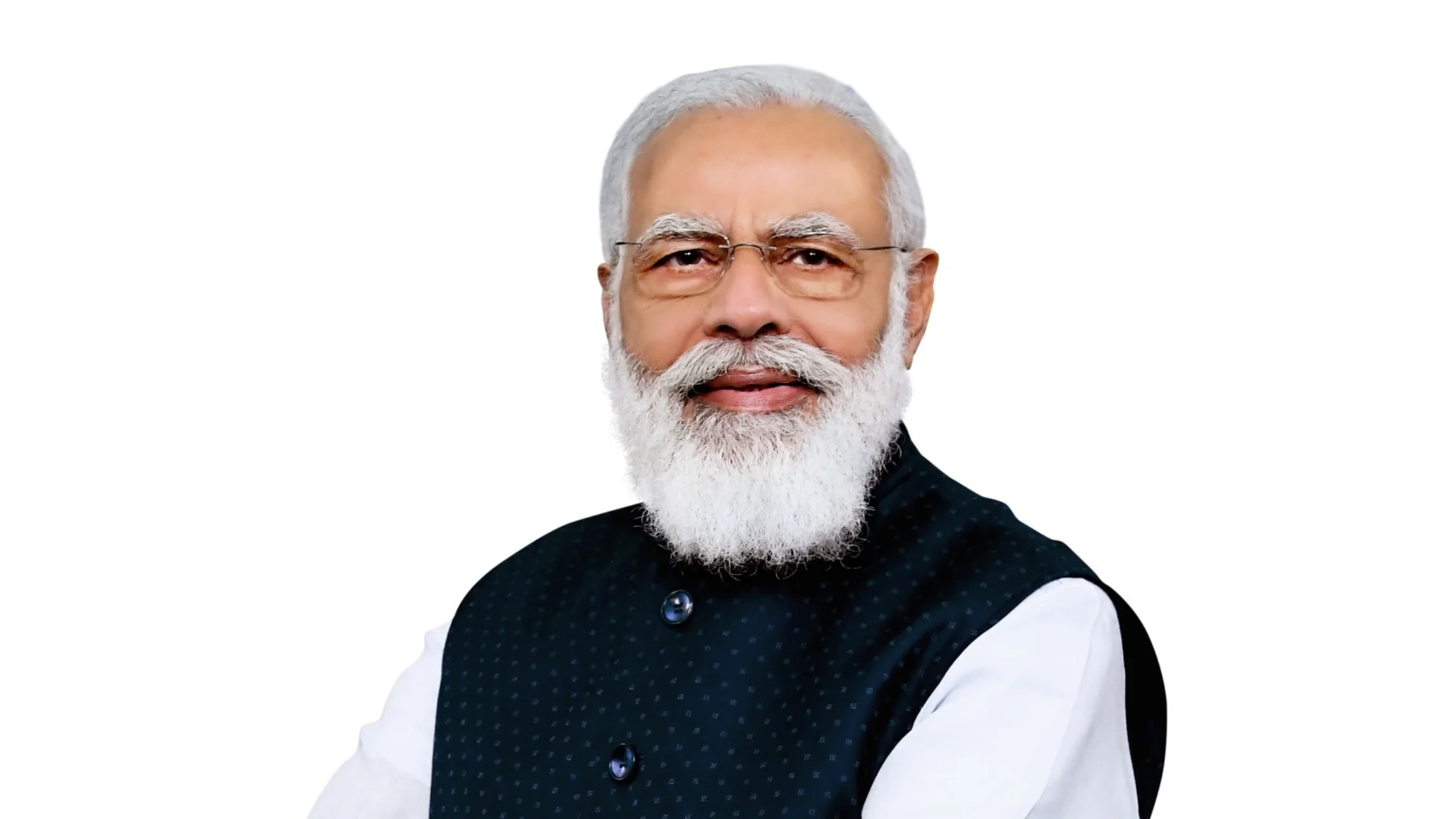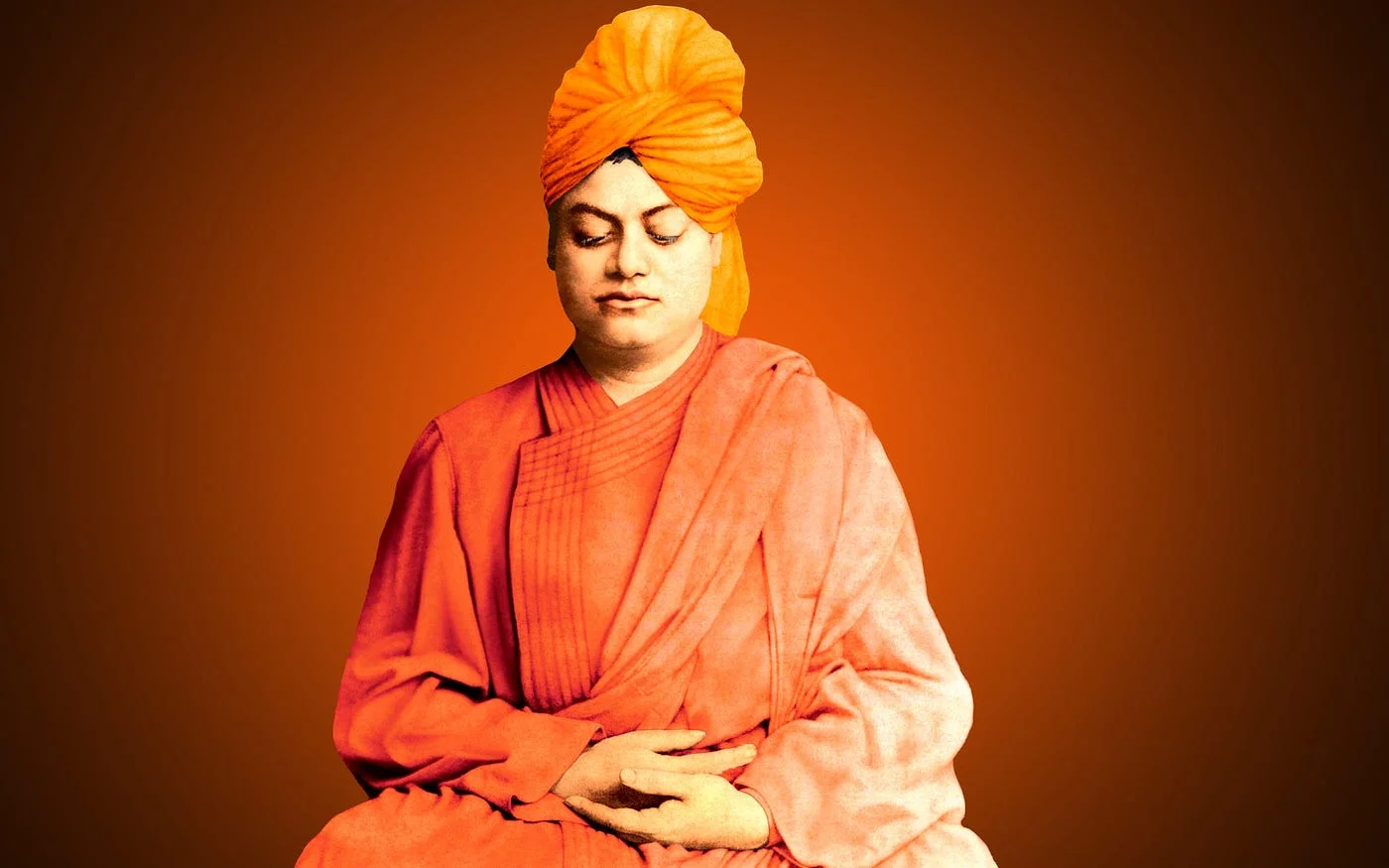Narendra Modi Biography
Narendra Modi, full name Narendra Damodardas Modi, is an Indian politician who has been serving as the Prime Minister of India since May 2014. He was born on September 17, 1950, in Vadnagar, a town in Gujarat, India. Before his role as the Prime Minister, Modi served as the Chief Minister of the Indian state of Gujarat from 2001 to 2014.
Narendra Modi is a member of the Bharatiya Janata Party (BJP), one of the major political parties in India, and he is affiliated with the Rashtriya Swayamsevak Sangh (RSS), a Hindu nationalist organization. Modi has been a prominent and sometimes controversial figure in Indian politics.
His leadership as Prime Minister has been marked by initiatives such as “Make in India,” “Swachh Bharat Abhiyan” (Clean India Campaign), and the implementation of the Goods and Services Tax (GST). However, his tenure has also faced criticism on various fronts, including handling of economic policies, social issues, and concerns about religious and minority rights.
It’s important to note that opinions about Narendra Modi and his policies can vary widely, and discussions about him often elicit diverse perspectives within India and globally.
| Attribute | Details |
|---|---|
| Narendra Modi Full Name | Narendra Damodardas Modi |
| Narendra Modi Day of Birth | September 17, 1950 |
| Narendra Modi Age | As of the current date (January 25, 2024): 73 years |
| Narendra Modi Caste | Other Backward Classes (OBC) |
| Narendra Modi Place of Birth | Vadnagar, Gujarat, India |
| Narendra Modi Parents | Damodardas Mulchand Modi (Father) |
| Heeraben Modi (Mother) | |
| Narendra Modi Family | Siblings: |
| – Soma Modi (Sister) | |
| – Amrut Modi (Brother) | |
| – Prahlad Modi (Brother) | |
| – Pankaj Modi (Brother) | |
| – Vasantiben Hasmukhlal Modi (Sister) | |
| – Amrit Modi (Brother) | |
| – Priti Modi (Sister) | |
| Narendra Modi Political Affiliation | Bharatiya Janata Party (BJP) |
| Narendra Modi Political Career | Chief Minister of Gujarat (2001-2014) |
| Narendra Modi Prime Ministerial Term | May 26, 2014 – Present |
| Narendra Modi Major Achievements | – Implementation of Goods and Services Tax (GST) |
| – Demonetization in 2016 | |
| – Swachh Bharat Abhiyan (Clean India Campaign) | |
| – Make in India Initiative | |
| – Pradhan Mantri Jan Dhan Yojana (Financial Inclusion) | |
| Narendra Modi Economic Policies | – Introduction of economic reforms |
| – Initiatives to boost infrastructure development | |
| Narendra Modi Foreign Relations | – Strengthening ties with various nations |
| – Active participation in international forums | |
| Narendra Modi Controversies | – 2002 Gujarat Riots |
| – Criticism over handling of certain economic policies | |
| Narendra Modi Wife | – Married to Jashodaben Narendrabhai Modi (estranged) |
| – Known for a simple and disciplined lifestyle | |
| Narendra Modi Social Media Presence | Active on Twitter (@narendramodi) |
| Facebook, Instagram, and other platforms |
Early Life and Rise to Prominence:
Narendra Modi’s early years were marked by modesty and a strong work ethic. Raised in a family of limited means, he helped his father run a tea stall in Vadnagar. Despite facing financial constraints, Modi’s pursuit of education and his active involvement in the Rashtriya Swayamsevak Sangh (RSS) set the stage for his entry into politics.
Modi’s political journey gained momentum in the 1980s when he became a full-time worker for the RSS. His organizational skills and dedication did not go unnoticed, leading to his inclusion in the Bharatiya Janata Party (BJP). Over the years, he climbed the party ranks, earning the trust of his colleagues and constituents.
Chief Minister of Gujarat:
Modi’s first major political role came in 2001 when he was appointed as the Chief Minister of Gujarat. His tenure was marked by both accolades and controversies. The state experienced significant economic growth under his leadership, earning him praise for his business-friendly policies and efforts to attract investment.
However, Modi’s governance during the 2002 Gujarat riots attracted criticism and controversy. The events of that time continue to be a subject of debate, shaping perceptions of Modi’s leadership style.
Prime Ministerial Ascent:
In 2014, Narendra Modi’s political journey reached its zenith when he became the Prime Minister of India. The election campaign centered around the promise of “Achhe Din” (Good Days), signaling a commitment to economic development, anti-corruption measures, and social welfare.
As Prime Minister, Modi initiated several transformative policies, including the implementation of the Goods and Services Tax (GST) and the demonetization of high-denomination currency notes. These measures aimed to curb corruption, formalize the economy, and promote financial inclusion.
Key Initiatives:
- Swachh Bharat Abhiyan (Clean India Campaign): One of Modi’s flagship programs, Swachh Bharat, aimed at making India open-defecation free and fostering a culture of cleanliness.
- Make in India: This initiative sought to boost manufacturing and position India as a global manufacturing hub, promoting economic growth and job creation.
- Pradhan Mantri Jan Dhan Yojana: Modi’s government focused on financial inclusion through the Jan Dhan Yojana, providing millions of Indians with access to banking services.
Global Presence and Diplomacy:
Narendra Modi’s foreign policy approach has emphasized building strong diplomatic ties and projecting India as a global player. His engagements with world leaders and participation in international forums have positioned India as a key player in addressing global challenges.
Challenges and Criticisms:
Despite his accomplishments, Narendra Modi has faced criticism on various fronts. The handling of economic policies, concerns over religious and social harmony, and questions regarding freedom of expression have been subjects of debate and critique.
Modi’s India: Navigating Progress, Challenges, and Global Influence
Social Welfare Programs:
In addition to economic reforms, Modi’s tenure as Prime Minister witnessed the implementation of various social welfare programs aimed at uplifting marginalized sections of society. The Pradhan Mantri Ujjwala Yojana, providing free LPG connections to rural women, and the Ayushman Bharat scheme, the world’s largest health insurance program, are notable examples of such initiatives.
Digital India:
Under Modi’s leadership, there has been a significant push towards digitization and technology-driven governance. The Digital India campaign focuses on leveraging technology to connect rural areas with high-speed internet, making government services more accessible, and fostering a culture of innovation.
Infrastructure Development:
The government led by Modi has prioritized infrastructure development, with projects like the Pradhan Mantri Gram Sadak Yojana (PMGSY) for rural road connectivity, the Sagarmala Project for port-led development, and the Bharatmala Project for improving road networks across the country.
National Security:
Modi’s government has been active in addressing national security concerns. The successful conduct of surgical strikes in 2016 in response to terrorist attacks and the Balakot airstrike in 2019 demonstrated a robust stance on national defense.
COVID-19 Pandemic:
The handling of the COVID-19 pandemic presented both challenges and opportunities for Modi’s leadership. The nationwide lockdown in 2020 aimed at curbing the spread of the virus had widespread economic implications, while the subsequent vaccination drive showcased efforts to combat the pandemic.
Neighbourhood Diplomacy:
Modi has pursued a proactive approach to strengthen India’s ties with neighboring countries. The ‘Act East Policy’ and ‘Neighbourhood First Policy’ highlight efforts to enhance diplomatic and economic relations in the South Asian region.
Environmental Initiatives:
Recognizing the importance of environmental sustainability, Modi launched initiatives such as the International Solar Alliance (ISA) and the Swachh Bharat Mission for a clean and green India. These efforts align with global goals for climate change mitigation and environmental conservation.
Women Empowerment:
The Beti Bachao, Beti Padhao (Save the Daughter, Educate the Daughter) initiative reflects a commitment to addressing gender inequality and promoting the education and well-being of girls in India.
Cultural Diplomacy:
Narendra Modi has actively used cultural diplomacy as a tool to strengthen international ties. Events like the International Yoga Day, celebrating India’s rich cultural heritage, have been organized to foster global connections.
While Narendra Modi’s leadership has garnered both praise and criticism, it’s essential to acknowledge the multi-faceted nature of his tenure. Examining these diverse aspects provides a more comprehensive understanding of the impact and complexities of his leadership on India’s socio-economic and political landscape.
Conclusion:
Narendra Modi’s leadership has undoubtedly left an indelible mark on India’s political landscape. His ability to connect with the masses, implement bold policies, and shape India’s image on the global stage is a testament to his political acumen. As the nation continues to navigate complex challenges, the legacy of Narendra Modi is sure to be a significant chapter in India’s evolving narrative. Whether viewed through the lens of admiration or skepticism, there is no denying the impact he has had on the nation and its trajectory in the 21st century.



Excellent write-up
great article